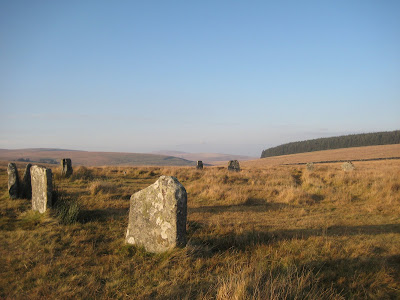I’d seen the weather forecast, which was quite good for the following days, and decided to drive up to the Lakes through the bad weather in order to be there already when the rain eased off and bag myself a few days’ walking. I managed to drive through almost the whole length of the flooded lane that flanks Wastwater, before abandoning my car and wading the last half a mile to the Wasdale Head Inn.

It’s not every day that you get to drive through the deepest lake in England in an MX5.
Whatever you think of the race organisers’ decision-making, it is inevitable and healthy that people take risks in the outdoors. High on Yewbarrow and Red Pike the day after my arrival in Wasdale, the wind was still wild enough to offer a challenge and to blow in a few hailstorms quicker than I could get my raincoat on. Beauty, scale and the landscape’s timeless indifference to humanity will always be part of the thrill of the mountain wilderness, and its importance to our wellbeing.

A few days later I took a walk through a local wood in Buckinghamshire, surprising a muntjac deer, a hare and an owl. The autumn colours glowed into the dusk. That night, the clouds dumped an inch of snow on the Chiltern Hills, bringing down several beech trees whose leaves couldn’t shed the weight. I was reminded of Robert Macfarlane’s evolving sense of wilderness in his fabulous book, The Wild Places. From an initial view of wilderness as remote and extreme, he comes to see ‘the wildness of natural life ... the weed thrusting through a crack in a pavement, the tree root impudently cracking a carapace of tarmac’ and is forced to re-appraise the wild qualities of his own local landscape. I wondered why I’d burned carbon all the way to Cumbria when there is wilderness on my doorstep.

The importance of accessible, local, green space to communities in the UK can’t be overstated. The big national parks are important, but not more so than the woods down the road. This month’s Trail magazine quotes at length from Richard Louv, an inspiring US campaigner for a child’s right to experience the gifts of nature. Check out www.lastchildinthewoods.com . Louv coined the term nature deficit disorder to describe the net results of urban sprawl, reduced play range, increased safety fears and the growth of indoor, sedentary culture for children. In medical terms, it looks like ADHD, childhood depression and obesity. In social terms, it looks like dislocation, disaffection and rootlessness. The health of our children, our society and our environment are all linked.
Children learn to take risks in natural spaces. They learn to wonder. They value what they know. Without action to reverse the trend, my generation will have been the last in the UK to splash unsupervised in streams and climb trees en masse in the woods. Without immersive experiences in nature, environmental education is a joke. Louv and others have articulated the problem: the UK’s schools, parents and agencies must act. I think this will become the issue of our time.
I’m not prepared to be the last wild child in England.




